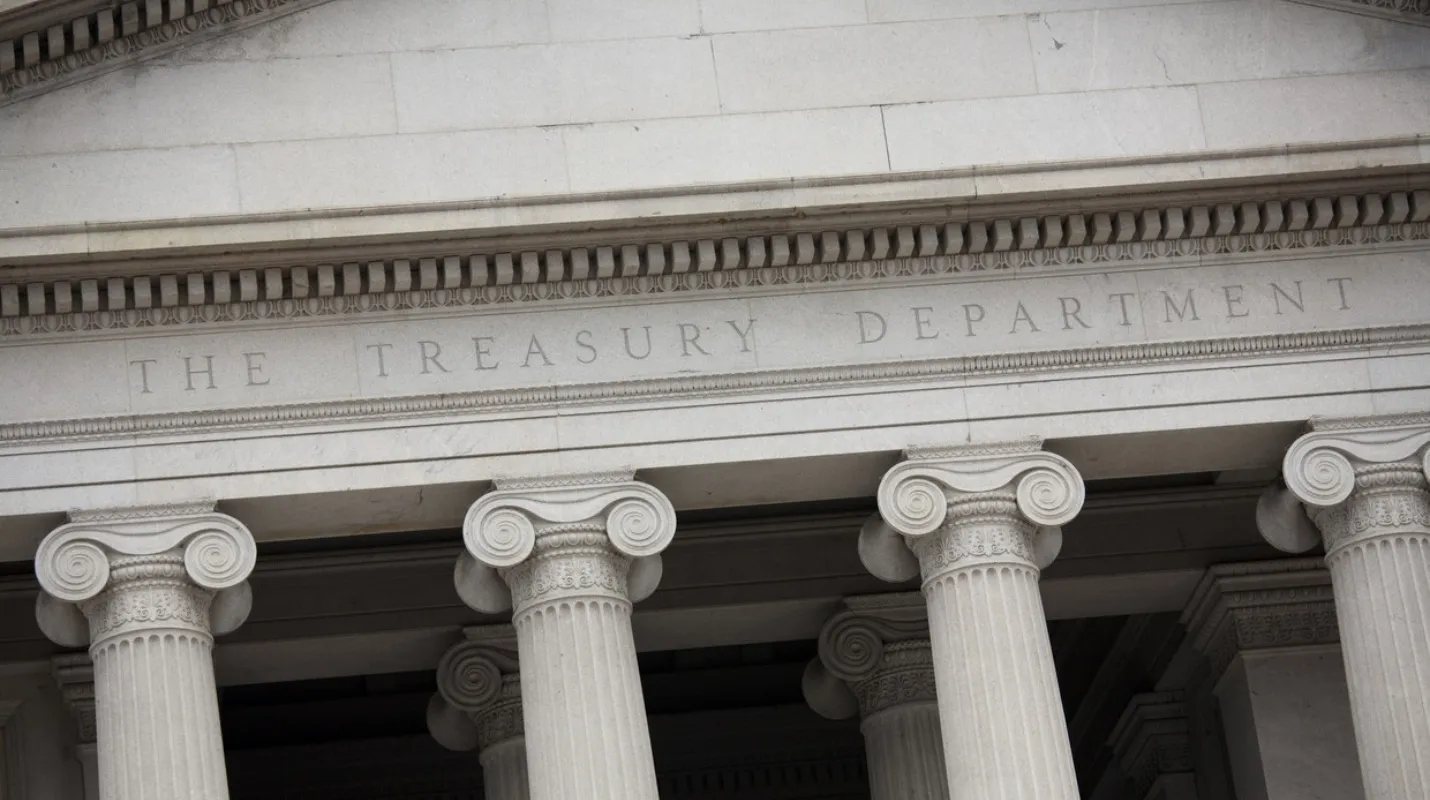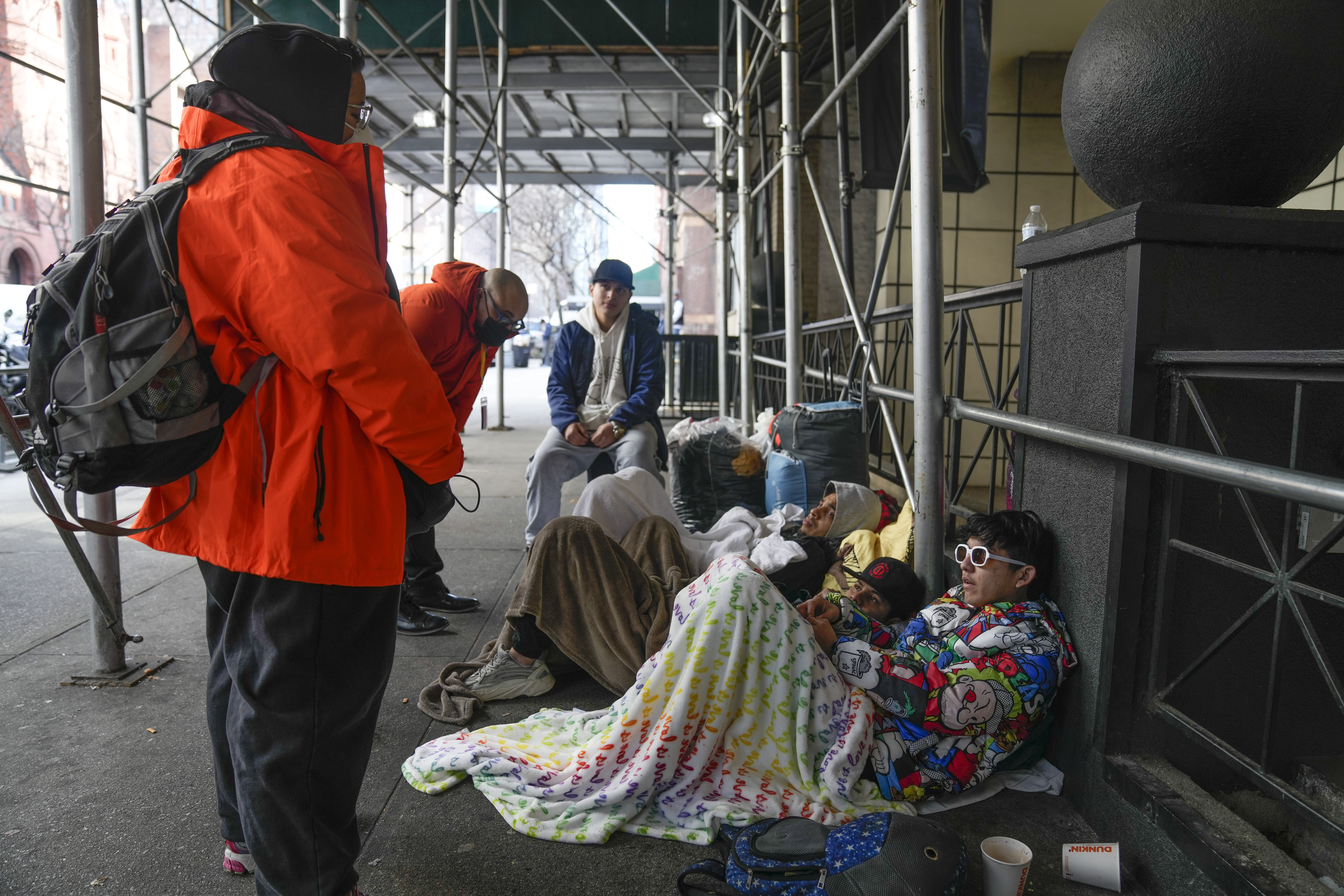There is no such thing as free money. The U.S. Treasury is discovering that government borrowing during the pandemic added almost $7 trillion in additional debt since the end of 2019.
So, after Congress and Joe Biden made it rain the past year, the total amount of outstanding public debt hit an all-time high of $30 trillion. And counting.
The federal report is pretty sobering, and here are some of the lowlights.
The federal government owes about $8 trillion to foreign and international investors, with Japan and China at the top of the list. That money does have to be paid back eventually… with interest added on.
Now, of that $30 trillion, a relatively large percentage is held in Social Security and other federal trust funds, which add up to about $6 trillion. So, in essence, the government owes money to itself.
The great recession that started in 2008 was a catalyst in the debt crisis getting out of hand. Get this, in December of 2007; the total outstanding debt number was $9.2 trillion. A lot of money, but less than a third of what it is now.
By 2016 when Trump took over the White House after eight years of Barack Obama’s Presidency, the number stood at $20 trillion. COVID hit in 2020 and added another massive chunk to the pile of dough that’s owed.
Sadly, there is no quick fix on the horizon. Because of an aging population and healthcare costs that continue to rise, the number will get bigger before it gets smaller.
And as the country and the Government becomes even more polarized, it won’t be easy to find solutions that both parties can agree on.
It kind of makes your $5,500 in credit card debt seem like a drop in the ocean.


















Add comment